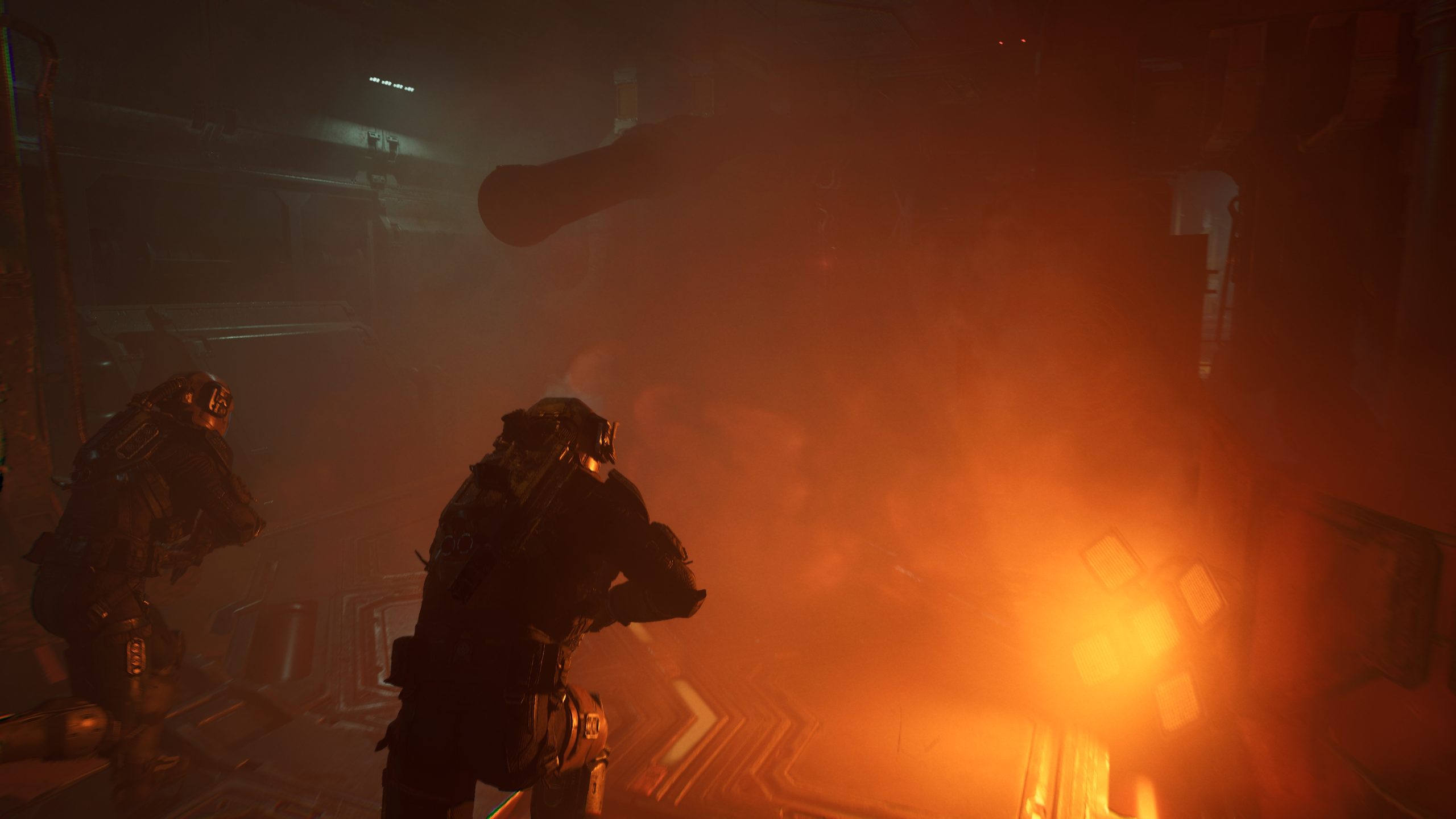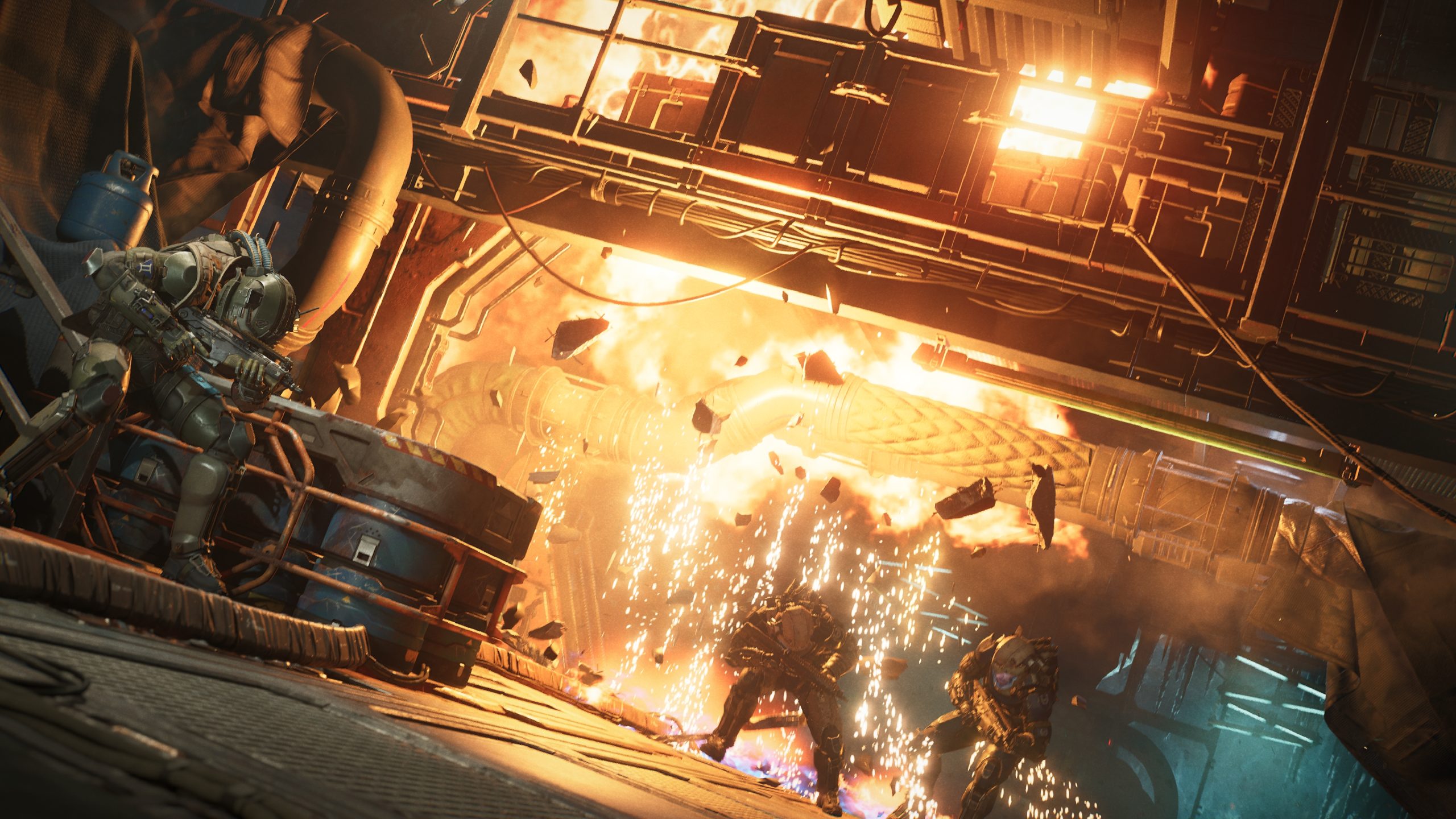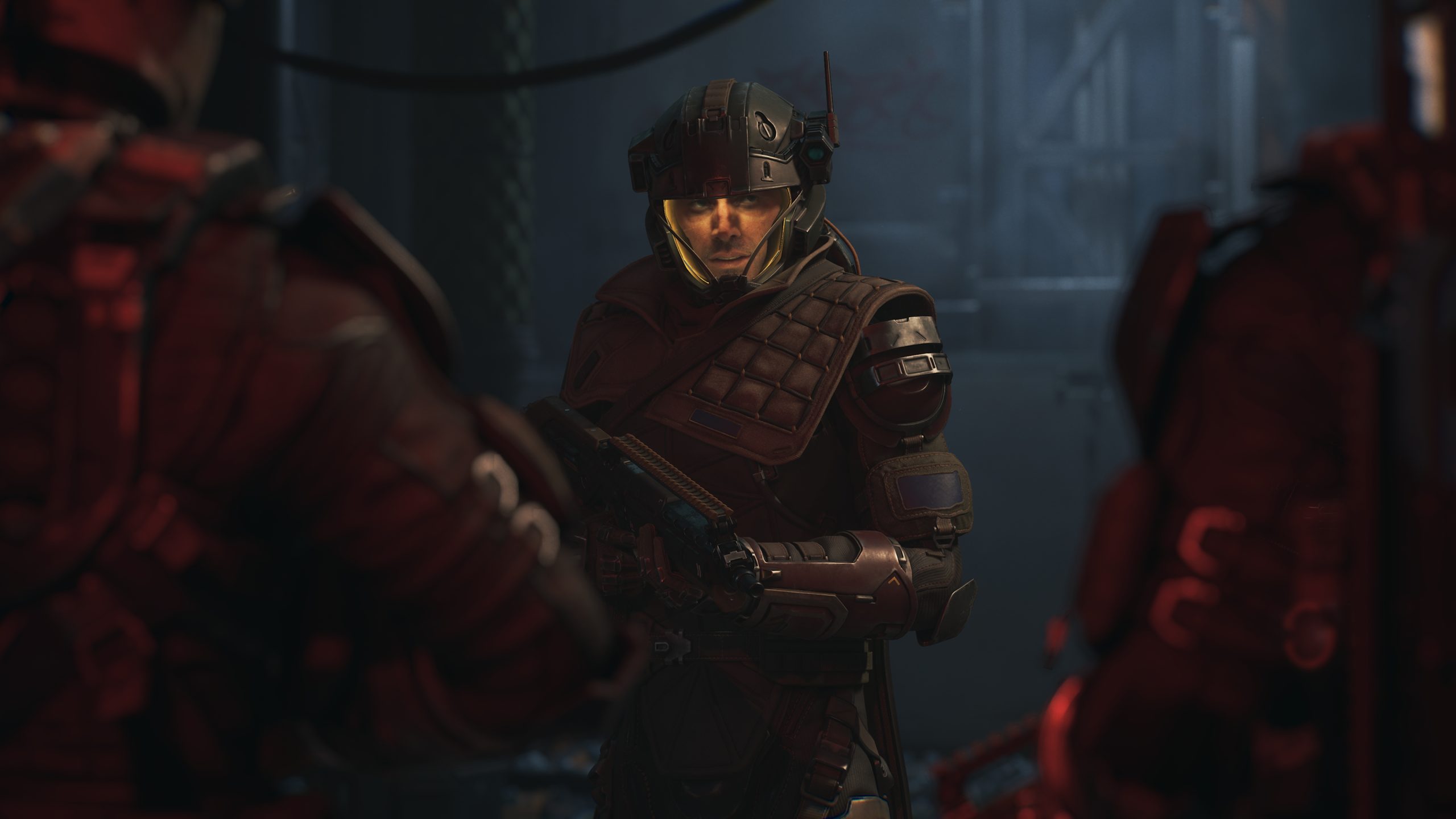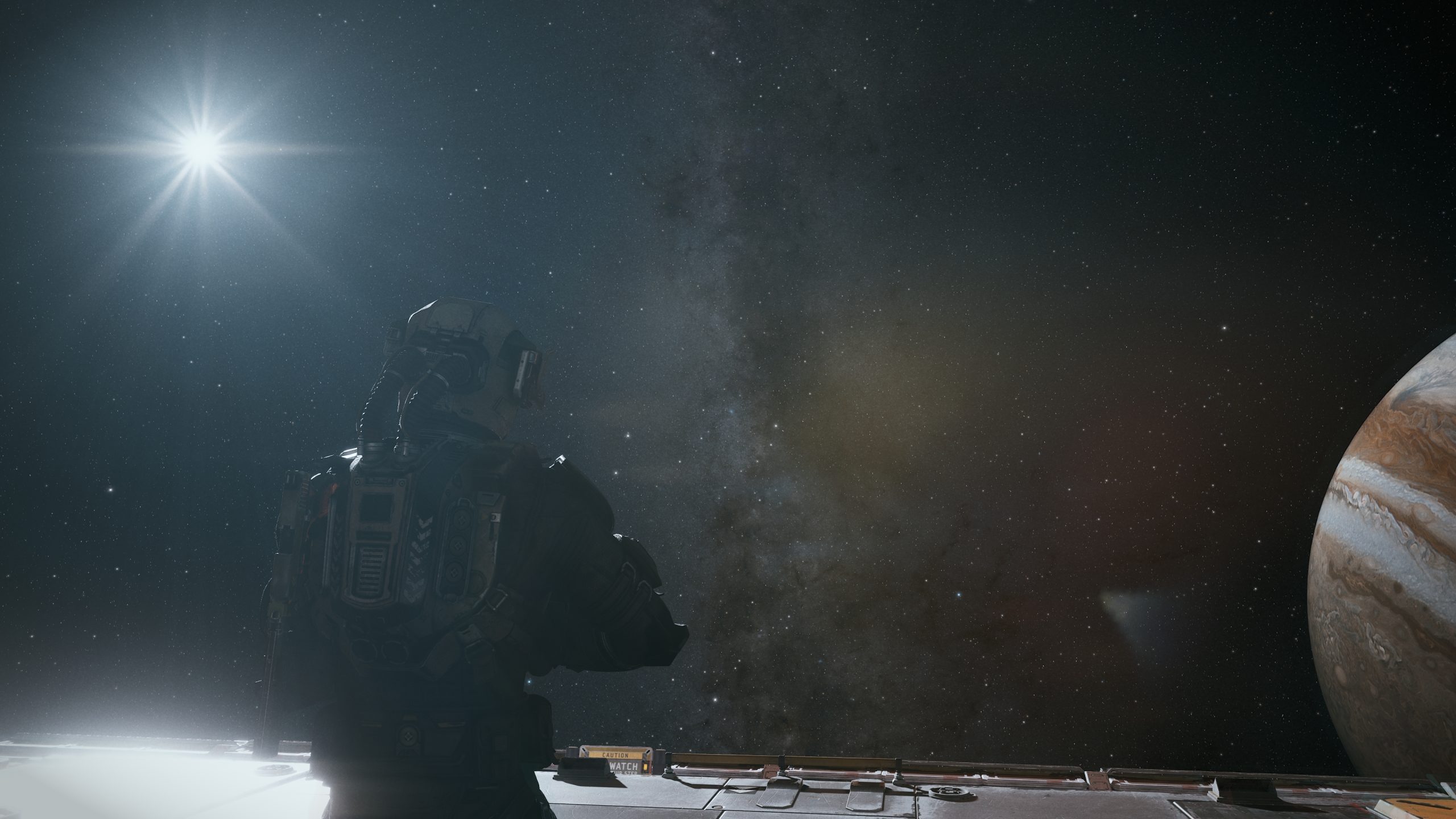Revealing The Expanse: Osiris Reborn stood out as a major highlight for me during this year’s Summer Game Fest. As a dedicated fan of the books and Prime Video series, I’ve eagerly followed every chapter of this gritty sci-fi saga. While Telltale’s earlier game adaptation ventured into interactive storytelling, Owlcat Games’ upcoming project promises a bold reinvention: a third-person RPG shooter evoking Mass Effect’s legacy, built on Unreal Engine 5.
Owlcat’s pedigree with cRPGs like Pathfinder and Warhammer 40K: Rogue Trader intrigued fans, but their pivot to action-driven gameplay signals fresh ambition. To dig deeper, I connected with Creative Director Alexander Mishulin and Head of Publishing Andrey Tsvetkov. Below, explore insights into the game’s development, narrative ties to the series, and design choices reshaping Owlcat’s RPG formula.
The Expanse: Osiris Reborn launches later on PC and consoles. Pre-orders are live via the official site.
How did Owlcat secure this IP, and what inspired the genre shift?
Alexander Mishulin: Our team pitched the concept internally, driven by a passion for The Expanse’s human-driven storytelling. Alcon embraced our vision to expand the universe with original characters navigating political tensions. Moving to third-person combat arose from our goal to immerse players in visceral, cinematic moments while retaining Owlcat’s signature branching narratives.
Is the game in full production?
Mishulin: Development kicked off in 2021. After prototyping combat systems and adapting workflows for Unreal Engine 5, we’re now deep into content creation. Collaborating with talent from studios like CD Projekt Red enriched our approach to action-RPG design.
How does Unreal Engine 5 factor into development?
Mishulin: Transitioning engines required rebuilding pipelines but enabled cutting-edge visuals. We’re balancing realistic aesthetics with dynamic storytelling, ensuring choices resonate across faction alliances and character relationships.




How large is the team amid multiple projects?
Andrey Tsvetkov: Studio growth lets us allocate resources dynamically. While exact headcounts shift, we prioritize maintaining each title’s vision without overlap negatively impacting development.
Does Osiris Reborn target AAA production values?
Mishulin: We aim for cinematic immersion without labeling it strictly AAA. Core focus lies on delivering a faithful Expanse experience—grounded yet mechanically rich, welcoming both RPG veterans and newcomers.




Where does the story fit in the timeline?
Mishulin: Set between early book/season arcs, the campaign explores fallout from the Canterbury disaster and Eros crisis. Players engage with unfolding events indirectly, shaping their path amid rising Belt-Earth tensions.
Will we meet familiar faces?
Tsvetkov: While lore-accurate cameos are possible, details remain under wraps for now.
How do origin choices affect gameplay?
Mishulin: Selecting Earther, Martian, or Belter backgrounds unlocks unique dialogue, reactions, and quest paths. Aligning with or defying your faction’s interests shapes alliances and opens/closes opportunities dynamically.




What’s the combat philosophy?
Mishulin: Builds range from gunplay-focused warriors to ability-centric strategists. Close-quarters options include shields and drones, though pure melee remains limited. Synergies between perks and gear reinforce playstyle diversity.
Addressing setting concerns: How does “grounded sci-fi” stay engaging?
Mishulin: While tech stays plausible, gadgets like drones and experimental weaponry add tactical flair. Prototyping confirms varied playthroughs feel distinct, blending realism with futuristic problem-solving.
Will space combat feature?
Mishulin: Ship-based gameplay emphasizes traversal and narrative over dedicated combat minigames, though surprises await.

